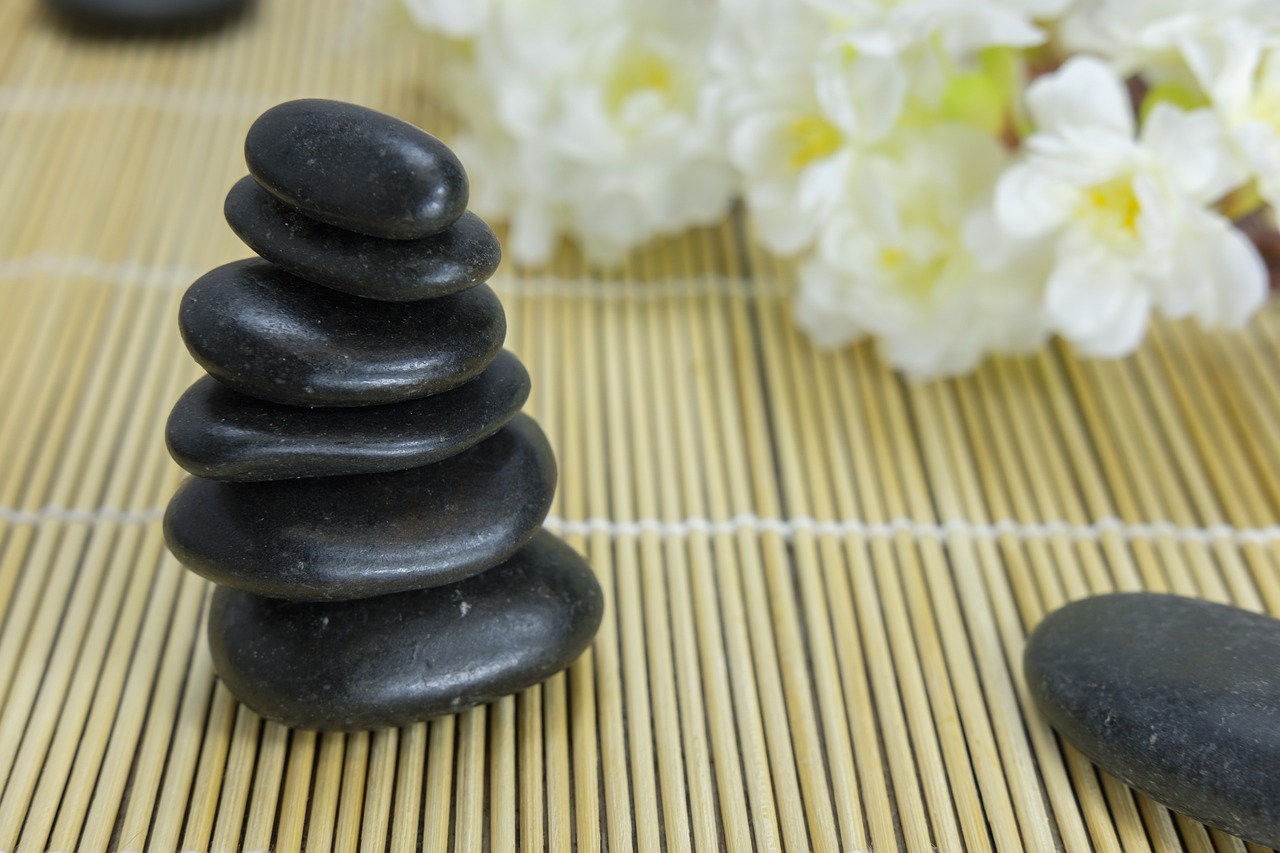Ayurveda doshas are basically the operating principles and concepts that are found everywhere within the Universe. That is according to the practice of Ayurveda, ancient Indian medicine. If you are wondering why this health and medicinal practice is still considered useful and important these days, it could be that Ayurveda offers a potent alternative or additional option to general medicine. Doshas are components that make up the entire human body. They could include human physiology and its condition at specific times of the day or during annual cycles or seasons. To understand Ayurveda is to understand the concept of all doshas.
You should be aware that Ayurveda helps maintain overall balance of the body, the mind, and the soul. It is believed that a perfect balance among the three leads to good health and condition. On the contrary, any imbalance, disturbance, or alteration in one, two, or all doshas lead to the condition of sickness or bad health. You should always strive to keep the balance up within all doshas to be able to attain and maintain ideal health conditions. This is the basic principle and central concept of Ayurveda and Ayurveda doshas. You need to know more about each of the main body components.
Ayurveda dosha is particularly found in areas like the urinary bladder, pelvic region, bones, ear, intestine, and thighs. As such, the main activities and functions of Ayurveda Vata are defined. This dosha is deemed responsible for breathing, energy generation, and ability to move or exert movements. These organs and channels are very important in keeping overall health and fitness of the body at ideal state. The Ayurveda practitioners know how to properly use and evoke Vata to prompt and bring about proper body maintenance, voluntary and involuntary movements, and energy generation. This dosha is responsible for maintaining energy and movement.
Ayurveda Pitta is basically characterized by two main elements, namely water and fire. Pitta is the most revered among all three Ayurvedic texts. In general, Pitta dosha has several basic characteristics. The Pitta dosha is governing all digestive equations and related functions like digestion, absorption, assimilation, and metabolism. Overall, this dosha significantly helps maintain ideal and normal body temperature.
Lastly, Kapha dosha forms a structural unit of the body’s tissues and cells. Its components act as one to form the entire body. Kapha dosha is also held responsible for keeping and maintaining the body’s overall immunity. People with Ayurveda Kapha constitution are characterized by their well-developed physiques or bodies. They have the tendency to accumulate excess weight. The chests are generally broad and expanded. Tendons and veins are not obvious due to their uniquely thick skin. Their well-developed muscles make bones appear less prominently.
Do you intend to keep the balance well between all Ayurveda doshas? A healthy and stress free lifestyle would be the key. It would do well if you would live cleanly, naturally, and smoothly. If you have a natural passion with life, you would not have any problem. To better understand the concepts involved to better gain application of useful concepts and theories in the practice, it would be best to consult with or hire the services of an Ayurveda doctor or practitioner. You do not need to go to India to find one. They are scattered all across the globe, a proof that the concept of Ayurveda doshas is already recognized by numerous people at various cultures and demographics.
The Author:
Discover more beneficial Ayurvedic Treatments and Medicines by visiting the blog at http://Ayurvedic-Treatment.com where you will find regularly updated posts, all dedicated to this very subject.
